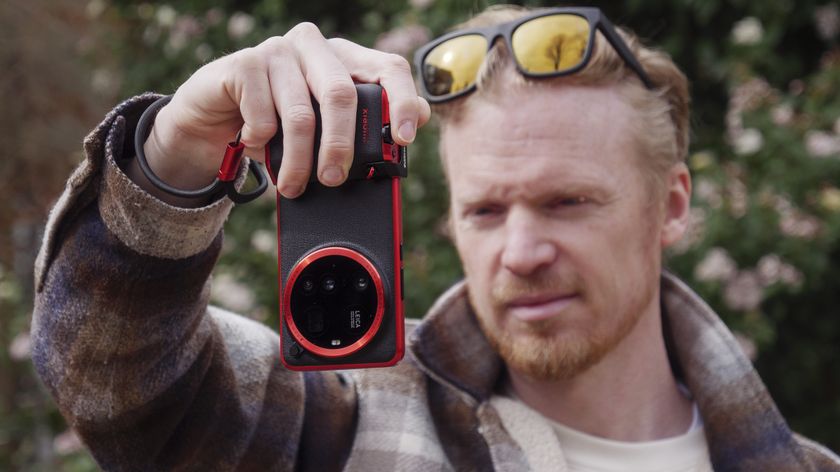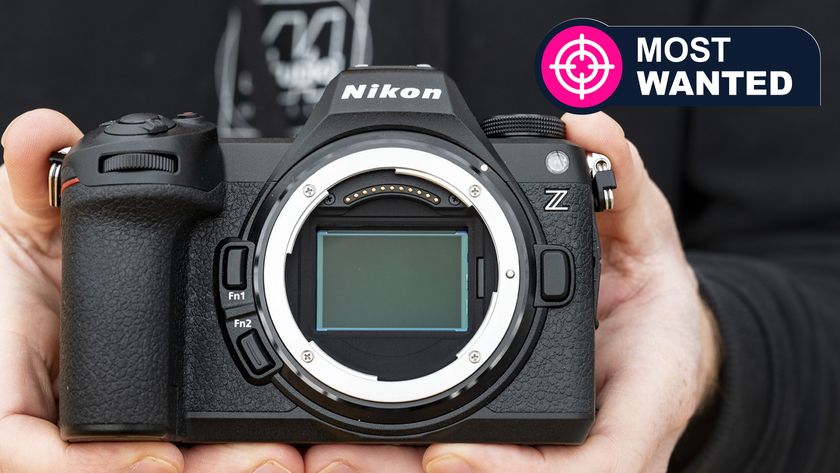Photography Lighting: how to take control of everything from natural light to flash
Quality of light
Use a reflector to fill in the shadows
Another way to deal with contrast when shooting in bright sunshine is to add light into the shadows by using a reflector to bounce light back onto the subject.
Unlike a diffuser, this doesn't soften the light, instead it reduces the amount of contrast between the darkest and lightest areas of the subject.
Simply position the reflector so that it's on the opposite side to the light source, then adjust the angle of the reflector until the light from it fills in the shadows on the subject.
There are plenty of commercially available reflectors, in a range of sizes, but you can also use a piece of white card, or even make your own by covering card in silver or gold foil.
Using different colours and materials will affect the results you get. For example, a white reflector will produce more subtle results than a highly reflective surface such as silver, while a gold reflector will add a warmer light to the shadows.
READ MORE
26 landscape photography tips every pro still uses
12 promises every landscape photographer must make
49 seriously good Canon DSLR tips, tricks, shortcuts & time savers
Get daily insight, inspiration and deals in your inbox
Sign up for breaking news, reviews, opinion, top tech deals, and more.
Use a burst of flash
An alternative way to lighten the shadows in strong sunlight is to use a burst of flash, rather than a reflector.
For subjects close to the camera the built-in flash is perfect for this technique, but it isn't powerful enough for subjects that are more than two to three metres away from the camera. In this situation you'll need to use a more powerful flashgun.
How to use fill-in flash
The easy way to banish ugly shadows from your shots

1 Set your flash to automatic TTL
Your flash's automatic TTL setting is good for creating fill light, especially if the distance between the flash and the subject is likely to change. If you are using an external flash, make sure that this is set to TTL.

2 Check the exposure
Take a test shot to make sure that the flash is powerful enough to light your subject, and check the results on the rear LCD. If the subject you're lighting is still too dark you'll need to move closer.

3 Reduce the flash power
If the subject is too bright compared to the background you can use the flash exposure compensation feature for more subtle results. Press the button marked (flash) +/-, and use the dial to set it to -1.
READ MORE
How camera flash works: free photography cheat sheet
Flash photography made easy: master everything from pop-up flash to multiple flashguns
Flash photography tips: external flash techniques anyone can understand













